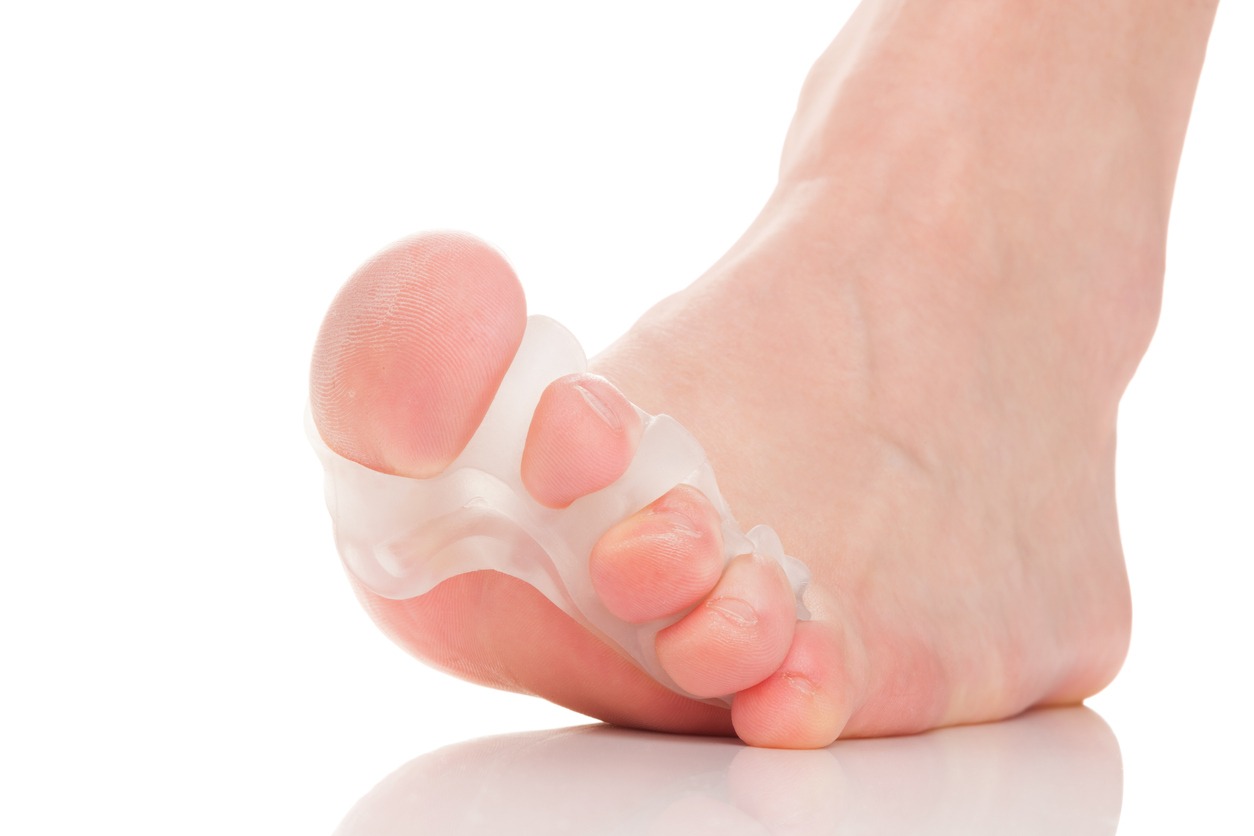There are many types of injuries and illnesses that can happen on the feet, and some of these often occur on the toes. In the toes, there is a high chance that you can get bunions, hammertoes, ingrown toenails, and toenail fungus.
Bunions are deformities in the biggest or smallest toes that force the toes’ joint to bend sideways towards the other toes. Hammertoe is a condition where the joints of the toes bend upwards permanently. Ingrown toenails occur when the toenails dig into the sides of the toes and cause infection. Toenail fungus is an infection that usually occurs in the toenails. These illnesses and deformities can be very painful, which is why many people that have them would treat these conditions as fast as possible to prevent the symptoms from worsening.
One of the best ways to treat these different toe-related deformities is to apply a toe separator. What is a toe separator, and how can it help in treating injured or deformed toes? We will find out as we take a closer look at toe separators and their uses.
What are Toe Separators?
Toe separators are devices that are used to separate the toes from each other. There can be a toe separator that separates only one toe from the one next to it, or there can be connected toe separators that can separate three or more toes from each other. Toe separators are usually made of flexible plastic, but there are also some that are made from foam or rubber. Here are a few of the most popular types of toe separators that you can buy:
- Foam Separator – the softest type of toe separator that is primarily made of foam. The foam separator absorbs friction and pressure between each toe, although it can bottom out easily compared to other types.
- Gel Separator – this type of toe separator is made from plastic that is more rigid than foam but is still quite flexible. Gel separators are easier to clean than foam separators since dirt, grime, and gunk won’t transfer to the material easily. However, gel separators can sometimes be difficult and uncomfortable to put on because of their rigidity.
- Toe Splint – A toe splint is made from plastic or fabric and is specifically used to straighten one or two toes. Toe splints are more effective for bunions and hammertoes since they can help straighten the affected toes and prevent the deformities from getting severe. Toe splints are not applicable for ingrown toenails, as splints can just put pressure on the sides of the toes.
These different types of toe separators have their own pros and cons, so choosing a specific type would depend on what you need and what kind of illness or injury your toes have.
What are the Different Uses of Toe Separators?
Toe separators can be quite versatile in terms of treating different kinds of illnesses or injuries. To know more, here are the different uses of toe separators.
Can Reduce Pressure on Ingrown Toenails
Ingrown toenails often occur when there is too much pressure on the sides of the toes, particularly the big toe. This pressure is applied whenever you are wearing shoes that are too tight, as the interior of the shoes pushes too much on the toes, which can then force the toenails to dig into the sides of the toes. If you have already developed ingrown toenails, then it would be best to use toe separators so that you can reduce the pressure on your toenails and prevent them from worsening.
Can Help Treat Hammertoes
Toe separators are very effective in straightening out your toes. So, if you have hammertoes where the joints of the toes bend upwards, you can use toe separators to straighten them out so that they won’t look worse before you can get physical therapy or surgery to correct the deformity. Keep in mind that toe separators aren’t a permanent treatment for hammertoes, as they are just used to stop the deformity from worsening.
Can Reduce the Bend of Bunions
Besides hammertoes, another deformity that toe separators can help treat is a bunion, which occurs when the joint of the biggest or smallest toe bends sideways towards the other toes, causing the bone around the joint to become bigger and causing inflammation or swelling. Similar to treating hammertoes, using toe separators for bunions is only a form of temporary treatment that prevents the bunions from getting worse and becoming more painful.
To get rid of bunions, you will need surgery to trim the bulge on the side of the joint and straighten out the affected toes. But, if you are still trying to save money for surgery, a toe separator is great to use if you don’t want the appearance and the pain of the bunions to become worse.
Can Reduce Friction on Toes and Toenails
Another benefit of using toe separators is that they can reduce friction on toes and toenails. When you have toenail fungus, the affected toe can often be so fragile and brittle, so you would have to do your best to prevent the toe from rubbing against objects or other toes. Ingrown toenails can also benefit from this feature, as friction can often put too much pressure on the sides of the toes and cause inflammation.
So, these are the things that you need to know about toe separators and their uses. If you are experiencing too much pain from ingrown toenails, bunions, and hammertoes, you should use toe separators to keep the affected toes isolated before you can get surgery or permanent treatment.




